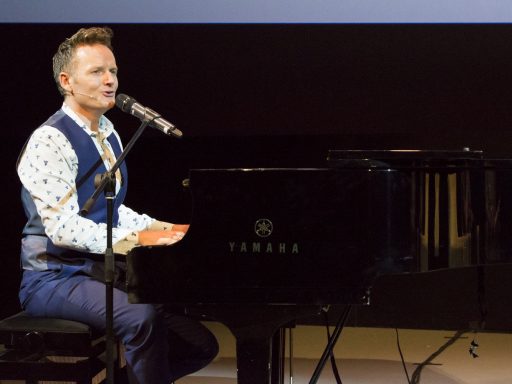
Roger Highfield discusses an improvised musical encounter between musician Joe Stilgoe, polymath Philip Ball and the Museum’s IMAX audience.

Roger Highfield discusses an improvised musical encounter between musician Joe Stilgoe, polymath Philip Ball and the Museum’s IMAX audience.
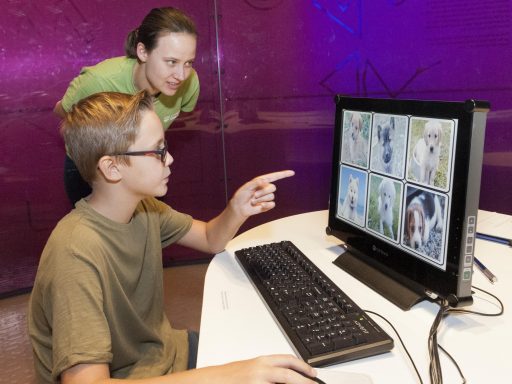
Dr Lily FitzGibbon from the Motivation Science Lab, University of Reading, investigates how we can understand curiosity, as part of a Live Science residency at the Science Museum.
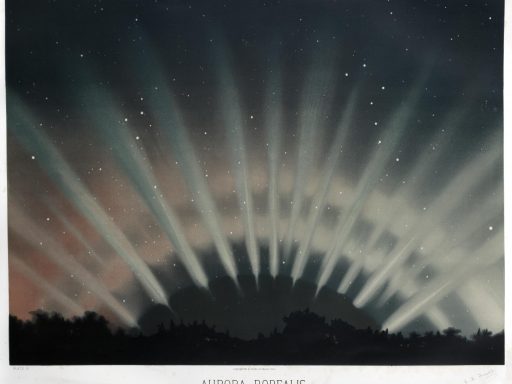
The Carrington Event of 1859 is the most violent solar storm on record. A storm of its magnitude in today’s technological era would cause devastating effects. Roger Highfield and Dr Harry Cliff explore more.
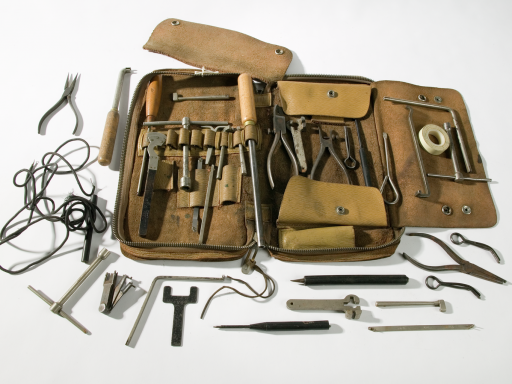
Curator Ben Russell explores our fascination with tools in this latest blog post.
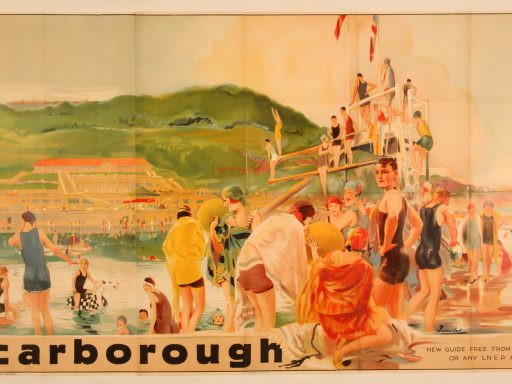
You might be heading down to the seaside this bank holiday weekend but how did the seaside become such a popular holiday destination? Associate Curator, Rupert Cole, puts this down to chemistry.
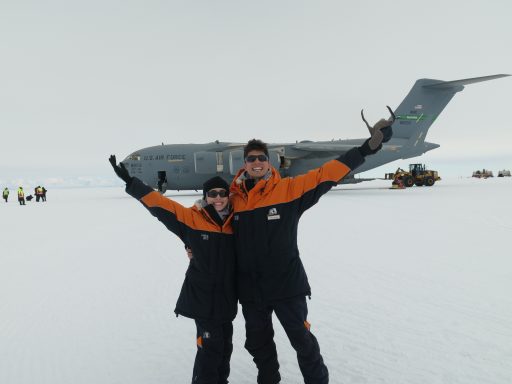
To celebrate Antarctica Live at the Science Museum, we speak to award-winning choreographer Corey Baker about his trip to the coldest, driest, windiest place on Earth to film Antarctica: The First Dance.
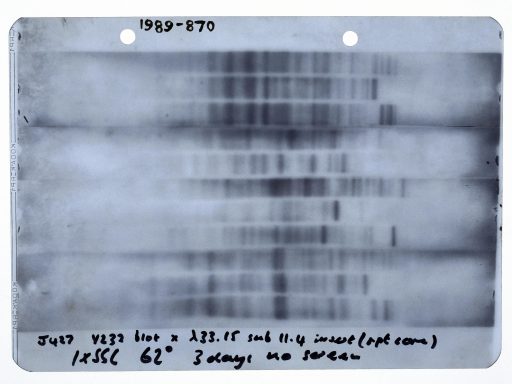
Ahead of the opening of The Last Tsar: Blood and Revolution, forensic scientist Peter Gill recalls his experience of identifying the remains of the last Tsar of Russia.
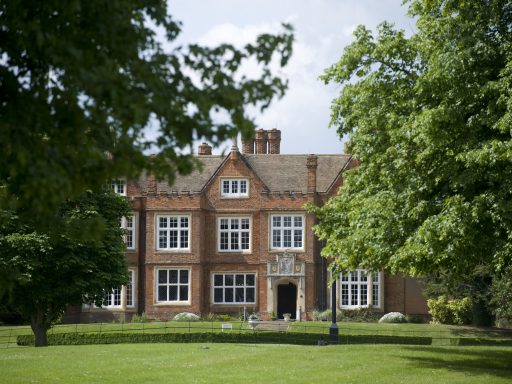
Research scientist Kay Elder takes us through the history of the first IVF clinic – Bourn Hall.
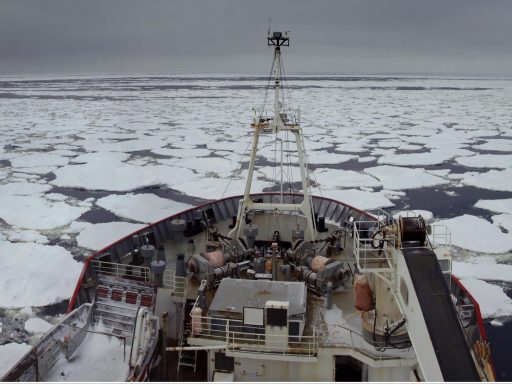
To celebrate the opening of our free dance and science festival Antarctica Live, we look at five objects from our collection that helped humanity study and understand the icy continent.
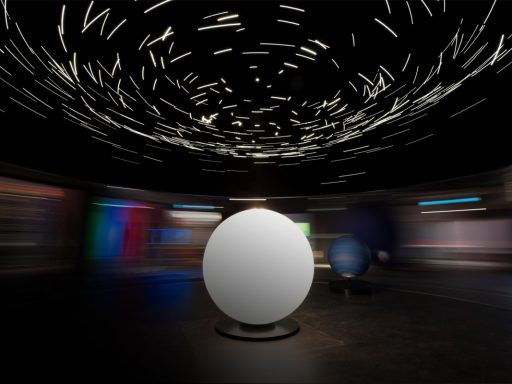
We asked our very own Explainers about their favourite exhibits in Wonderlab. Here’s what they said.
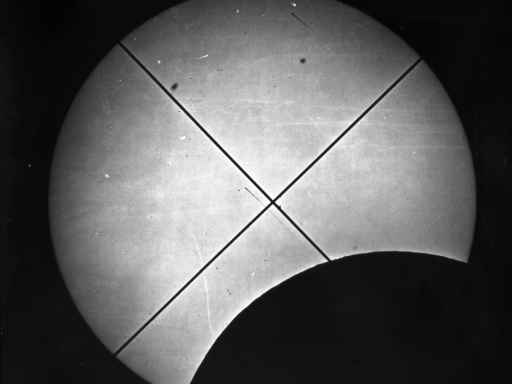
Curator of our recent exhibition The Sun: Living With Our Star, Dr Oliver Carpenter, takes a look back to the most important eclipse of the nineteenth century.
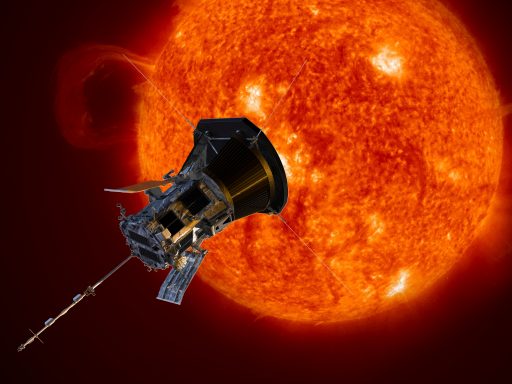
Lead Curator of The Sun: Living With Our Star, Harry Cliff, looks at the launch of NASA’s Parker Solar Probe as humankind reaches out to touch the Sun for the very first time.